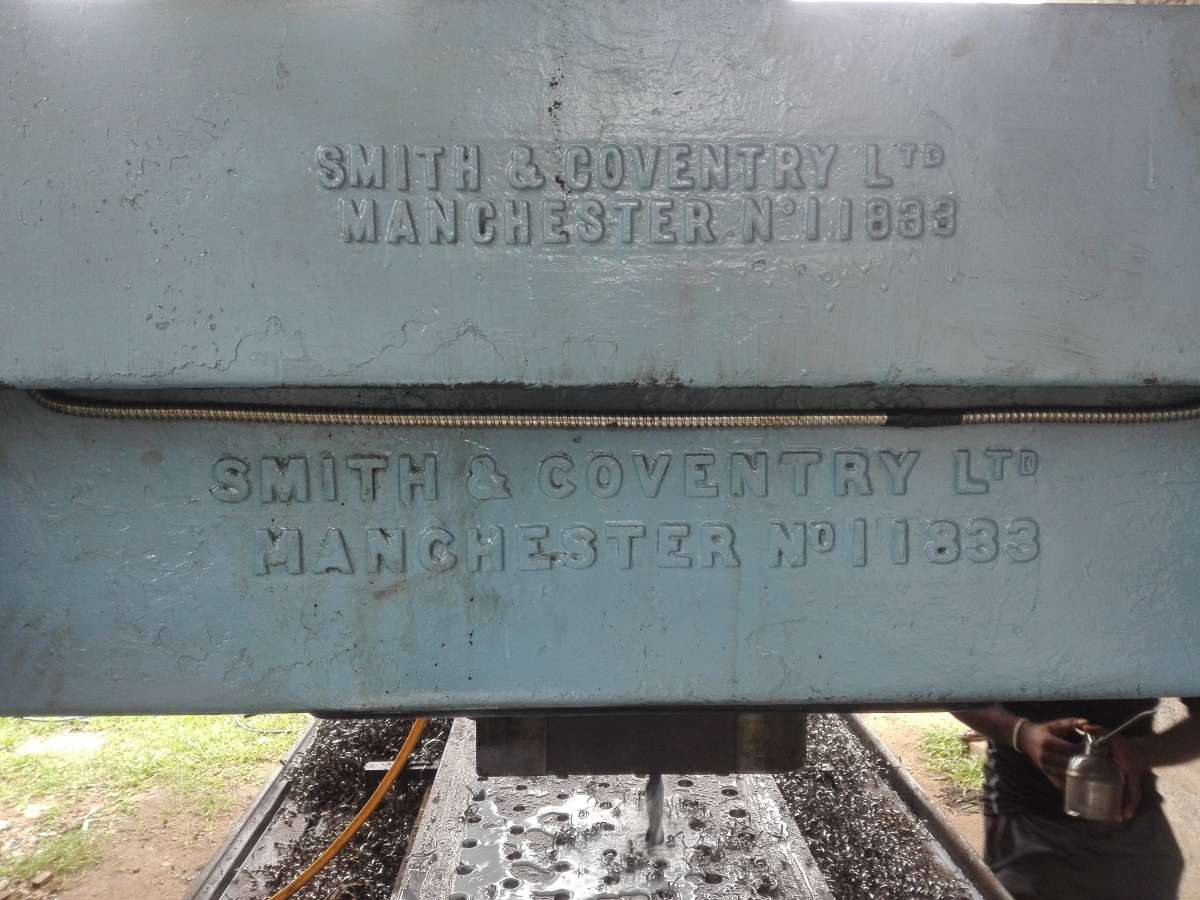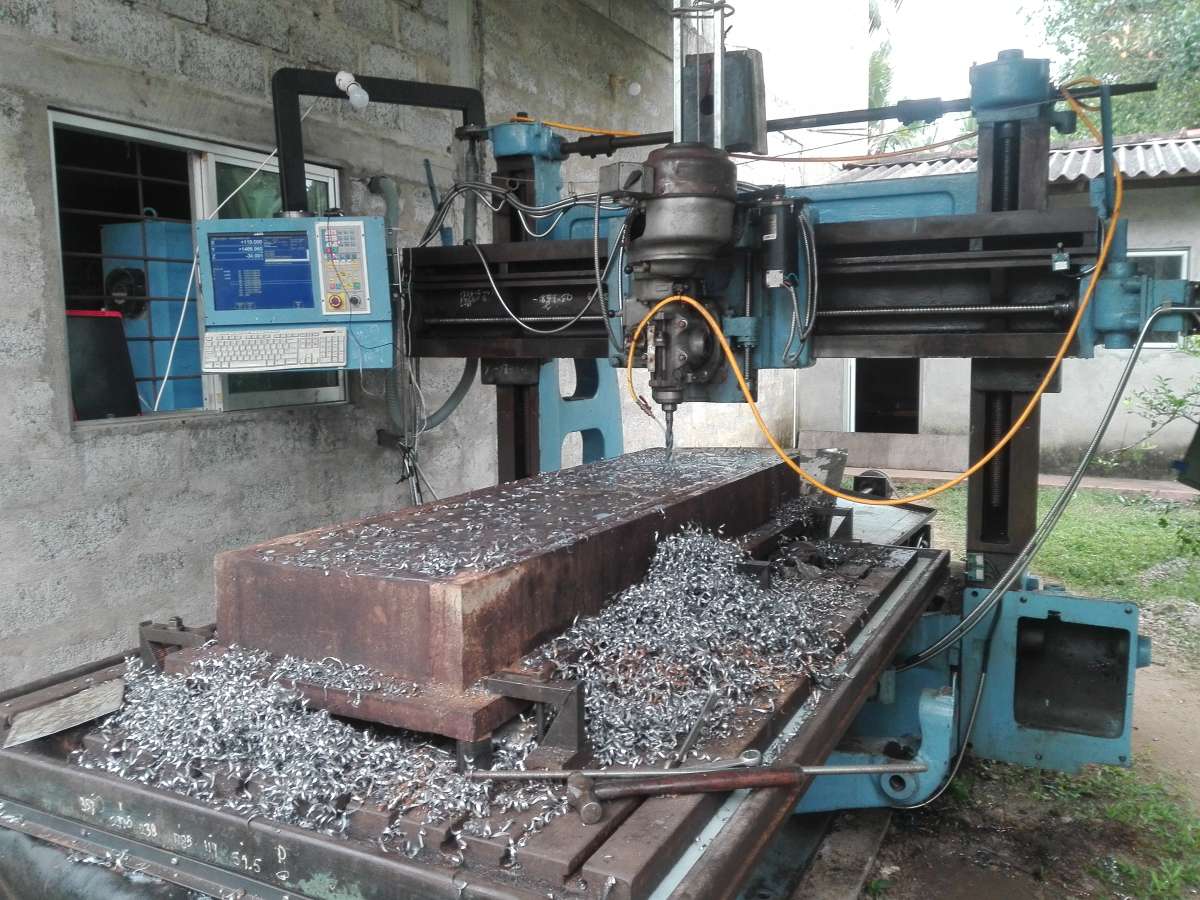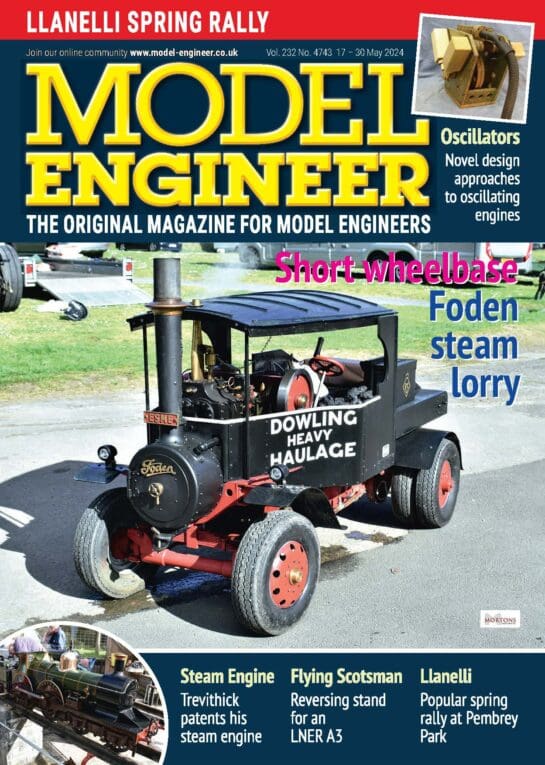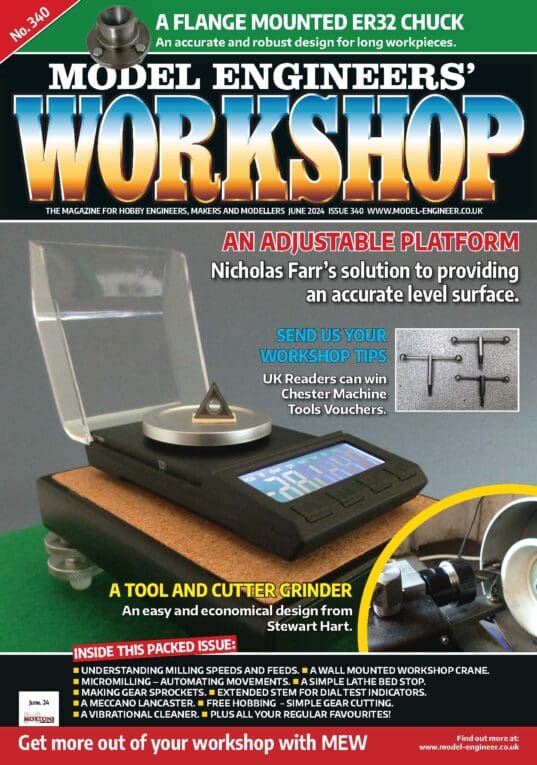an independent measuring input system would be best
Depends what you mean by “best” Ady.
A rotary encoder driven by a ballscrew (or from the servomotor driving a ballscrew) is a standard way of providing position feedback. Standard on the likes of Bridgeport Interact milling machines, for example, where the encoder was integral with the servomotor which drove a ballscrew via a timing belt.
Most (industrial) controls from the last 30 years or so have both backlash and linear error compensation, so the measuring system can be set up to a positional accuracy comparable with an independant linear scale, usually using a laser interferometer to check the slide positioning accurately to set up the compensation parameters. Bridegport (again – I visited their Leicester facility when they were still with us, so saw their build techniques) used to tension their ballscrews, then measured the stretch of the ballscrew pitch and compensated for this in control parameters – Heidenhain controls had the option for linear (mm per metre) or non linear (axis specific error tables) compensation, as well as “cross axis” compensation for tweaking out small squareness errors or “ram droop”.
Such a compensated rotary encoder system would probably contour more accurately than a linear scale equipped system, as most controls don’t have the capability to compensate for backlash in the drive mechanics independantly of the position feedback system (i.e the backlash compensation can only be used to compensate for any backlash within the scale itself). So mismatches at axis reversal points due to drive system backlash can be compensated out using parameters with an encoder system, but have to have the mechanics adjusted to remove the backlash on a linear scale system. I do recall that some high-end Fanuc controls (System 11 and System 15) had a “dual feedback” sytsem option, where both a motor encoder and a linear scale were used on each axis so the control could “see” the mechanical lost motion between the two feedback systems and this could be compensated for in parameters up to a point (IIRC the maximum enterable value was 0.1mm) – never got to work on one of those, though.
My last employer considered doing a similar conversion to an old Swift Summerskill planer he bought at an auction (cheap – nobody wants planers these days) before I started there. Couldn’t make the financials for a conversion look anything like attractive, though, so it ended up being sold for scrap. The day I dismantled it & dragged the bits outside was a poor day – a “one owner from new” machine in really nice condition that I killed.
In the employment prior to tha one I did convert a big Butler planer to CNC – including CNC planing of curves – for a railway points & crossings manufacturer. Used a 37KW brushless spindle motor in constant torque servomotor mode through a 3:1 low backlash reduction gearbox in place of the original Ward Leonard drive. It did work after a fashion, but planing the rail “groove” in a point casting through a curve was limited due to the tool rubbing. It really needed a rotating tool holder to rotate the tool as it progressed though the groove, but the customer didn’t want to (pay to) do that as the control would have required changing (not enough axes). Worked well enough as a heavy duty milling machine, though.
Nigel B.
mgnbuk.



 . I am 79.</p>
. I am 79.</p>

